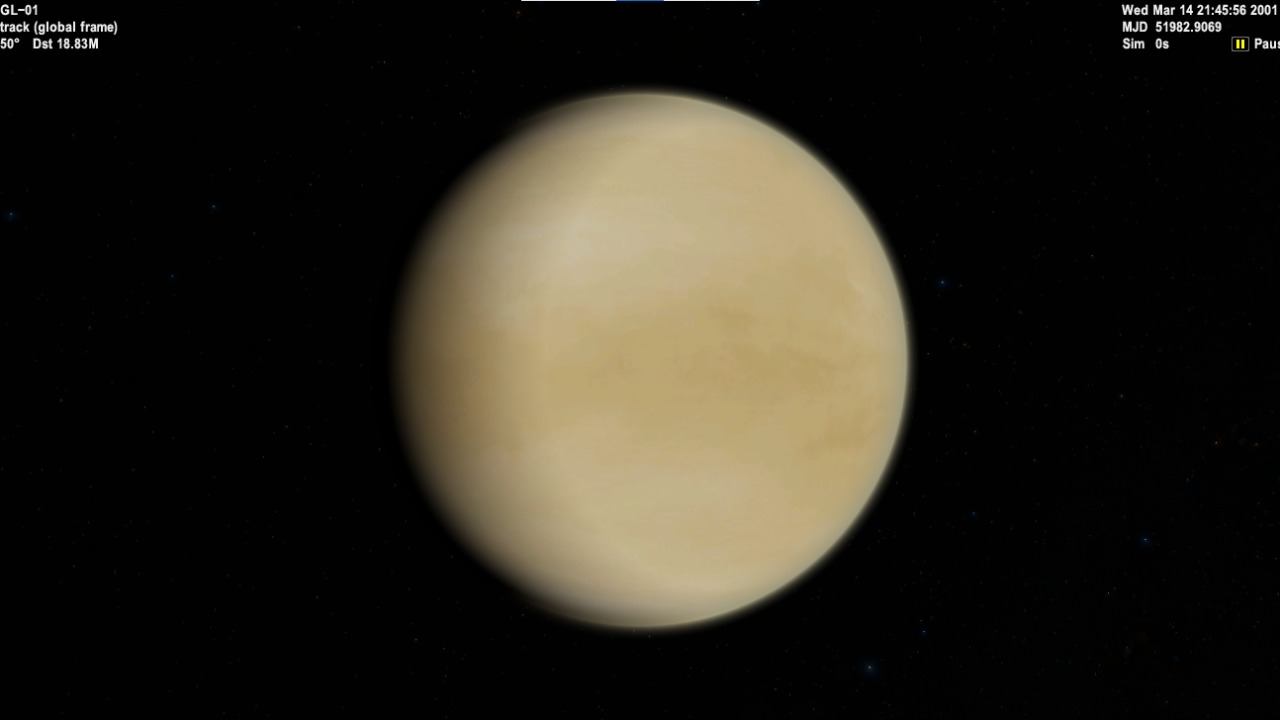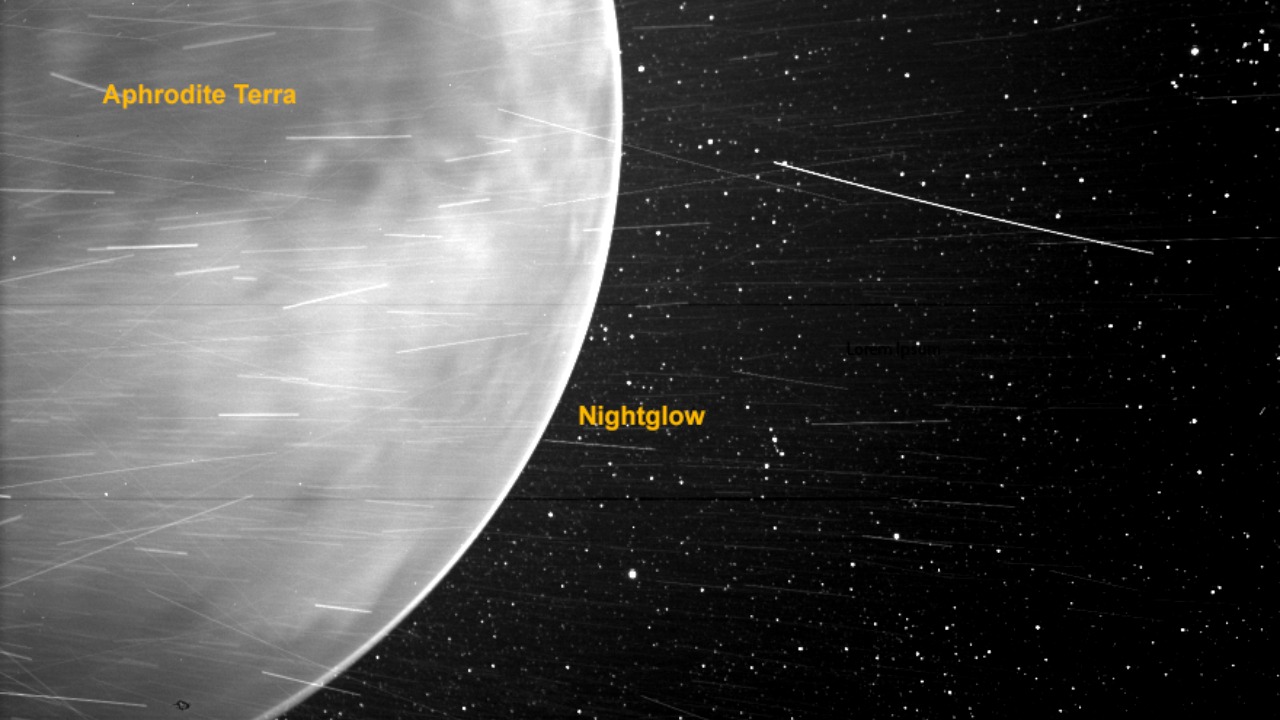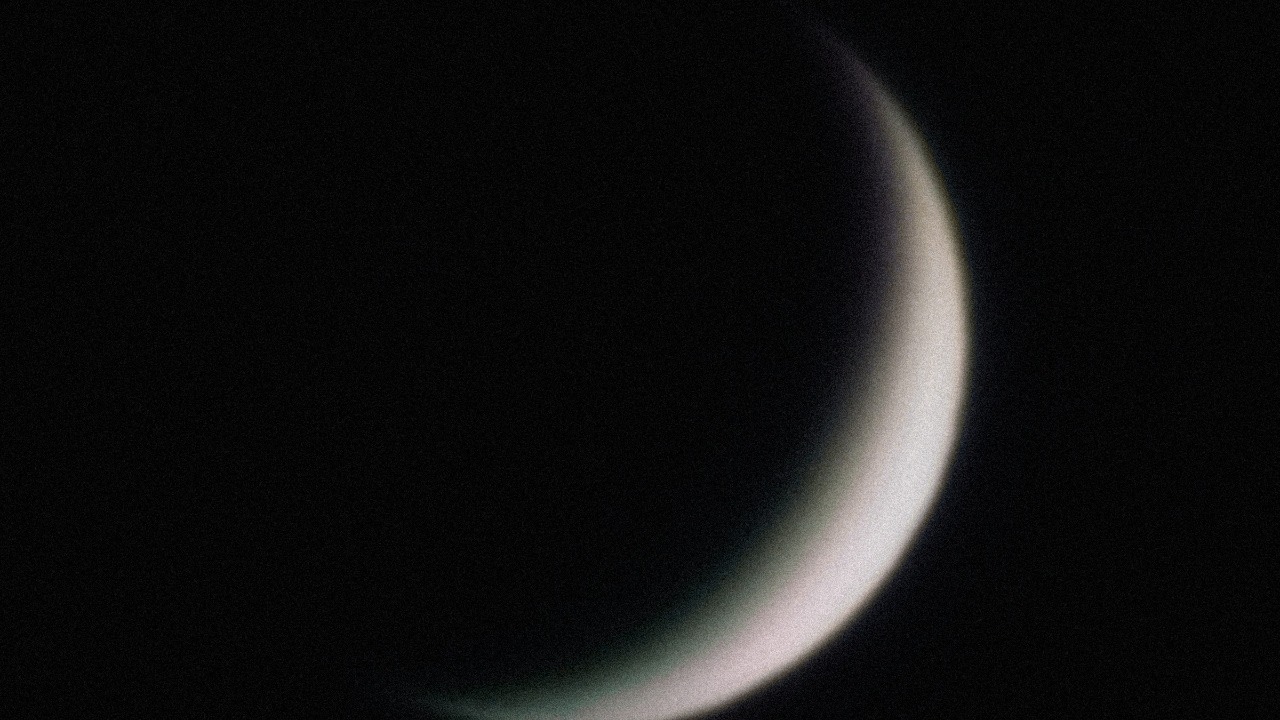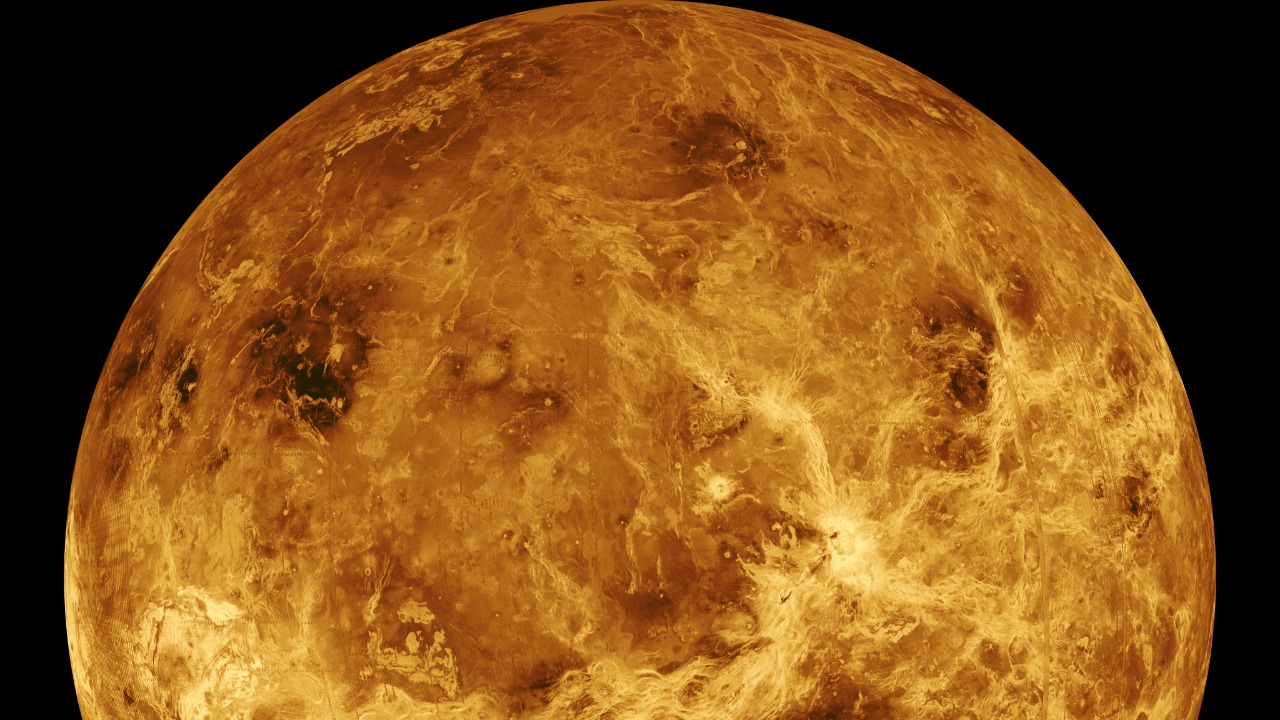
NASA has embarked on an audacious mission to explore Venus, often overshadowed by its more celebrated neighbor, Mars. With the potential to uncover signs of life, this mission promises to revolutionize our understanding of the solar system’s most enigmatic planet. This endeavor aims to unravel the mysteries of Venus, a planet that has long intrigued scientists but has remained largely unexplored due to its harsh conditions.
The Significance of Venus in the Search for Life

Venus, once considered Earth’s twin due to its similar size and proximity, has captivated scientists for decades. It was initially thought to be a potential haven for life, much like Earth. However, as space exploration progressed, Venus was revealed to be a hostile world with surface temperatures hot enough to melt lead and an atmosphere thick with carbon dioxide. Despite these harsh conditions, the planet’s potential for harboring life has not been entirely dismissed.
Recent discoveries have reignited interest in Venus. The detection of phosphine gas in the planet’s clouds, a compound associated with biological processes on Earth, has sparked renewed curiosity. This discovery suggests that Venus’s clouds could harbor microbial life, living in the relatively temperate regions high above the planet’s scorching surface. By studying Venus, scientists can gain insights into comparative planetology, which may help us understand Earth’s past and future climate scenarios.
NASA’s Visionary Mission Plan

NASA’s mission to Venus is a bold step forward in planetary exploration. The mission’s primary objectives include conducting a thorough atmospheric analysis and exploring the planet’s surface. By examining Venus’s atmosphere, scientists hope to determine whether the detected phosphine is a sign of life or a result of unknown chemical processes. Surface exploration will involve studying the planet’s geology and volcanic activity to better understand its evolution.
To achieve these goals, NASA is deploying cutting-edge tools and techniques. The mission will utilize advanced spectrometers to analyze Venus’s atmospheric composition and deploy specially designed landers capable of withstanding the planet’s extreme conditions. Collaborations and partnerships with international space agencies and private companies are enhancing the mission’s success. These partnerships allow for resource sharing and provide diverse expertise, crucial for overcoming the challenges of Venus exploration.
Challenges of Exploring Venus

Exploring Venus presents unique challenges due to its harsh environmental conditions. The planet’s surface temperature exceeds 450 degrees Celsius, and its atmospheric pressure is over 90 times that of Earth. Additionally, Venus’s clouds are composed of sulfuric acid, making the environment extremely corrosive. These factors make it one of the most challenging planets to explore in our solar system.
NASA is addressing these challenges with innovative engineering solutions. The spacecraft and instruments designed for the mission are built to withstand extreme temperatures and pressure. Thermal protection systems and corrosion-resistant materials are essential components of the mission’s design. Lessons from past missions, such as the Soviet Union’s Venera program, which successfully landed probes on Venus in the 1970s and 1980s, provide valuable insights into the design and operation of resilient spacecraft.
Potential Breakthroughs and Implications

The discovery of signs of life on Venus would be a groundbreaking achievement, fundamentally altering our understanding of life’s existence beyond Earth. Such a discovery would suggest that life could exist in conditions previously deemed inhospitable, expanding the possibilities for finding life elsewhere in the universe. This could have a profound impact on the field of astrobiology, reshaping scientific theories about life’s adaptability and resilience.
Beyond the scientific implications, finding life on Venus would have broader philosophical implications. It would force humanity to reconsider its place in the universe and the uniqueness of life on Earth. The potential for life on Venus would inspire new questions about the origins of life and the conditions necessary for its existence. In addition, the mission could pave the way for new technologies and innovations that could have applications beyond space exploration.
Looking Beyond: Venus as a Stepping Stone

The success of NASA’s mission to Venus could pave the way for more ambitious missions to other celestial bodies. By developing technologies and strategies to explore Venus, scientists and engineers can apply these lessons to future missions targeting planets and moons with similarly harsh environments. The knowledge gained from Venus could be instrumental in planning missions to the outer planets or their icy moons, where conditions may also be extreme.
Expanding the search for life beyond Earth is a critical goal of planetary science and astrobiology. The mission to Venus highlights the importance of exploring diverse environments within our solar system to understand the potential for life elsewhere. By studying Venus, scientists can gain insights that may inform future missions, such as those targeting the subsurface oceans of Jupiter’s moon Europa or the methane-rich atmosphere of Saturn’s moon Titan. Discoveries on Venus could reinvigorate interest in exploring these distant worlds.
Furthermore, NASA’s mission to Venus serves as an inspiration for future generations of scientists and explorers. The challenges and successes of the mission will undoubtedly capture the imagination of young people worldwide, encouraging them to pursue careers in science, technology, engineering, and mathematics. By pushing the boundaries of exploration, NASA continues to inspire curiosity and innovation, ensuring that the spirit of discovery remains alive for generations to come.